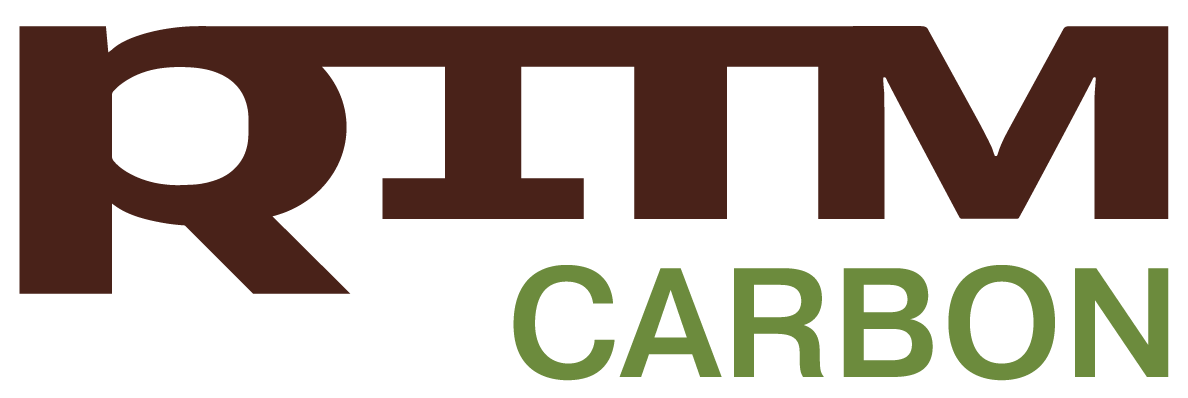Antonovich V. V., Antokhina O. Yu., Antokhin P. N., Arshinova V. G., Arshinov M. Yu., Belan B. D., Belan S. B., Davydov D. K., Ivlev G. A., Kozlov A. V., Maksyutov Sh. Sh., Machida T., Pestunov D. A., Ptashnik I. V., Rasskazchikova T. M., Savkin D. E., Sasakawa M., Simonenkov D. V., Sklyadneva T. K., Tolmachev G. N., Fofonov A. V. Carbon test sites of the Institute of Atmospheric Optics of the Russian Academy of Sciences used to study the dynamics of greenhouse gases in the atmosphere. Part 2// Environmental control systems. 2022, issue 50, pp. 61-69.
Abstract: For the representativeness of observations, it was necessary to expand the location of the network of stations. This was done during the founding of the Japanese-Russian greenhouse gas monitoring network JR-STATION. It covers almost the entire area of Western Siberia and was created within the framework of international Japanese-Russian cooperation executed by the Institute of Atmospheric Optics and the National Institute for Environmental Studies (NIES, Tsukuba, Japan).
As a rule, air sampling is carried out from two altitude levels, with the upper one being limited by the actual height of the mast, and the lower one always located above the upper section of the surrounding woody vegetation (15 m to 40 m). Concentration measurements are carried out every hour for each altitude level, and the calibration procedure is carried out twice a day using three calibration gas mixtures.
All stations are equipped with the same type of equipment. The measurement process is fully automated and does not require constant operator intervention, which, in turn, reduces human influence on the measurements, thereby increasing the reproducibility and reducing measurement error.
The monitoring shows that, throughout Western Siberia, there is a steady increase in the concentration of CO2 and CH4, which is significantly higher over the southern regions. The long-term monitoring showed that, depending on the region, the increase in the concentration of carbon dioxide in the surface air layer is 2.17–2.44 million-1 per year, and the increase in the methane content is 6–11 billion-1 per year. This is greater than the average growth rate of these gases on the planet. The smallest variability is characteristic of N2O. On average, the increase in the concentration occurs at a rate of 0.80 billion-1/year.
